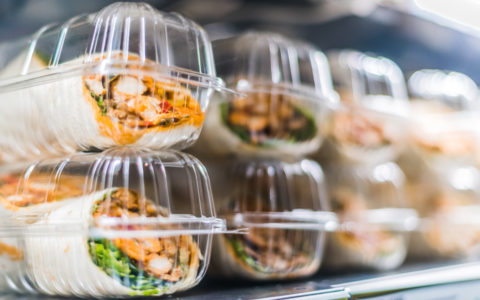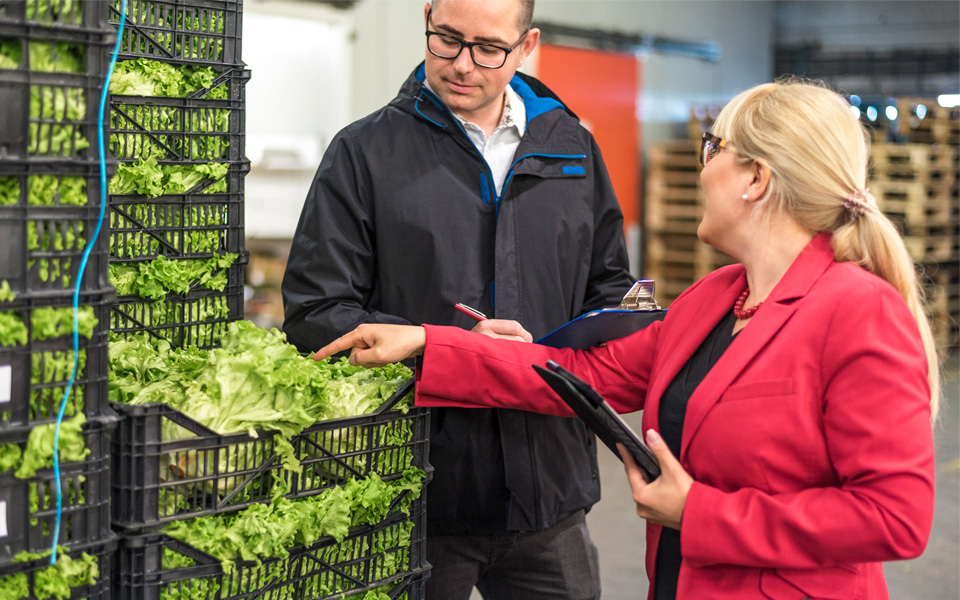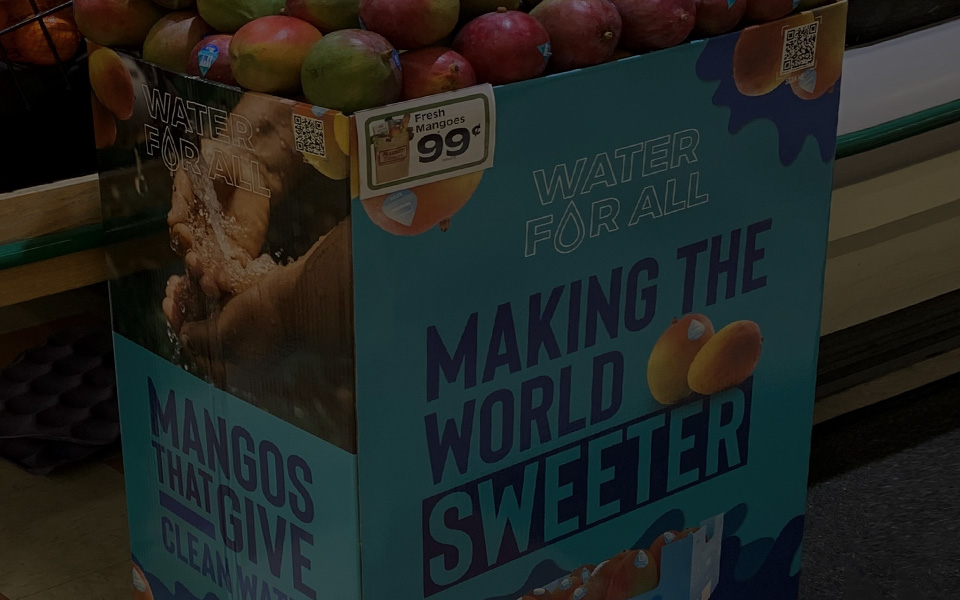How restaurants and C-stores can deliver safe, high-quality food offerings

Whether you’re a convenience store (c-store) operator, quick-service restaurant (QSR), or a fast casual or fine dining establishment, ensuring food quality and safety is imperative to your success. In this blog, the first of a three-part series based on a recent E360 article, Minimizing Food Safety Risks From Farm to Fork, we explore the efforts involved in maintaining safety throughout the food supply chain.

Dining out has become an everyday part of American life. It’s estimated that more than one-third of us eat at a fast-food restaurant every day, and more than 60 percent have dinner at a restaurant at least once a week. As consumers are becoming increasingly discriminating about what they eat, restaurants are under more pressure to deliver fresh, healthy foods and in greater varieties. But, above all else, restaurant operators must ensure food is safe to eat.
Food’s journey to a customer’s plate (or a packaged take-out container) is fraught with hazards. Ensuring food safety is a cumulative effort shared by every stakeholder along the journey — from production and processing to transportation, cold storage and ultimately, the foodservice provider. Temperature deviations, unsafe handling practices and improper food preparation processes can all increase the potential for foodborne illness outbreaks.
Thankfully, improvements in refrigeration equipment and internet of things (IoT) technologies are helping to provide more reliable and consistent temperature and quality control within the cold chain. Throughout food’s journey, operators at each point are now able to monitor, control and track a variety of conditions necessary for preserving food quality, including: temperature, humidity, the presence of ripening agents, lighting and much more.
Meeting customer expectations
Modern restaurants and c-stores are being held to increasingly higher food safety and quality standards. Consumers and regulators alike are demanding greater transparency in the food supply chain, which includes improved traceability of food’s journey from farm to fork. To keep customers coming back, operators must not only consistently deliver safe, high-quality food but also openly disclose their suppliers.
Protecting against foodborne illness outbreaks helps to not only ensure your customers’ well-being, it also guards against potentially devastating impacts to your brand’s reputation and bottom-line profitability. As one of the final links in the food supply chain, restaurant operators must ensure that food is safe on receipt and adhere to safe food storage, handling and preparation processes in their kitchens.
This starts with understanding everything that contributes to food quality and safety throughout the cold chain. With today’s connected infrastructures and IoT-based monitoring and tracking capabilities, operators now have the potential for visibility into each step of the journey — even the possibility for comprehensive cold chain traceability. Then, once food has been received into inventory, this process continues by applying all the modern tools available to ensure food quality, safety and consistency.
Food supply chain safety is cumulative
It’s estimated that nearly half of the fresh fruit and one-third of the fresh vegetables consumed in the United States are sourced from foreign countries — transported by land, sea and air in a process that can span the point of harvest, processing, cold storage and distribution. Overseas shipments can last anywhere from two to four weeks; for domestic transportation, it can take three to four days to ship strawberries from California to the East Coast.
In total, these perishables can potentially undergo as many as 20 to 30 steps and multiple changes of ownership throughout the food supply chain process. The more these items change hands, or are staged, loaded and unloaded, the greater the chances for contamination and temperature excursions along the way.
In our next blog, we will take a closer look at the environmental factors and conditions putting food at risk as well as the food safety regulatory landscape.

Six Ways to Reduce Food Waste by Tracking the Supply Chain
by Gerd Uitdewilligen | Cold Chain
*Emerson’s Climate Technologies business is now a new standalone company: Copeland. Over the next...

Protect Valuable Shipments in High-Crime Areas
by Lissandra Rodriguez | Cold Chain
*Emerson’s Climate Technologies business is now a new standalone company: Copeland. Over the next...

Real-time Tracking Protects Valuable Mango Cargo
by Andres Toro | Cold Chain
*Emerson’s Climate Technologies business is now a new standalone company: Copeland. Over the next...
The post How Restaurants and C-stores Can Deliver Safe, High-quality Food Offerings appeared first on Copeland E360 Blog.